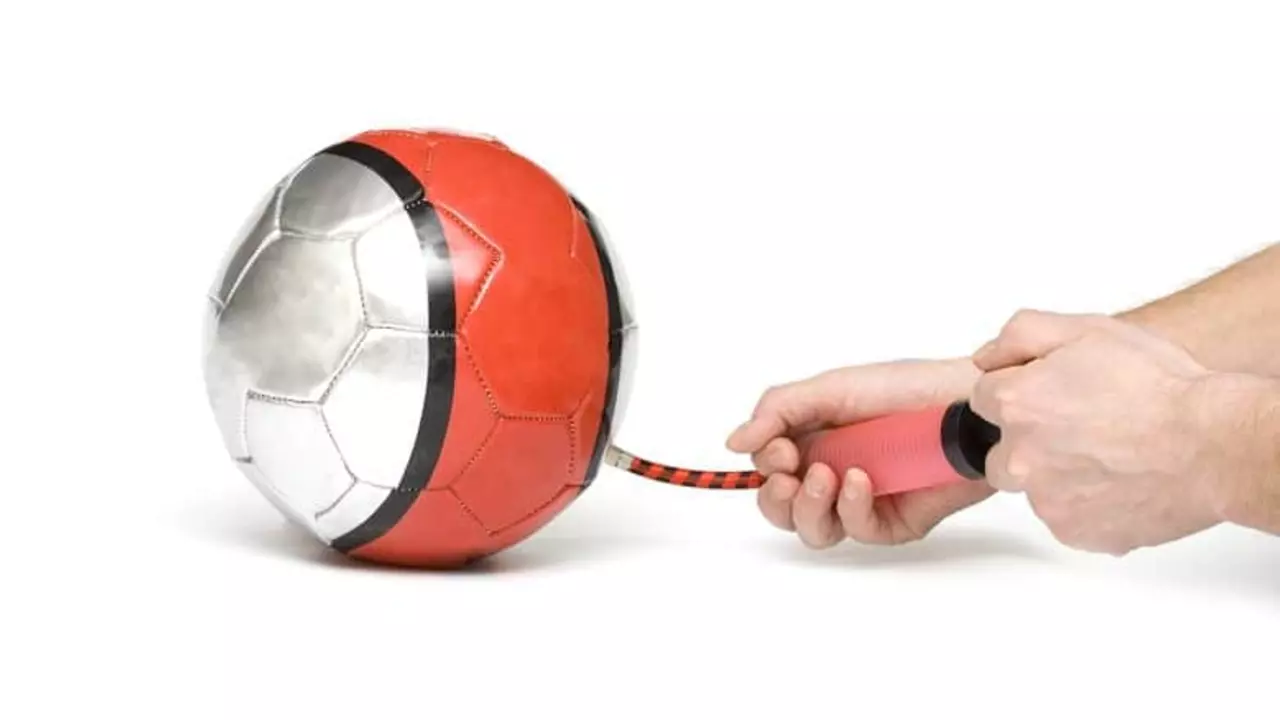How do you deflate a soccer ball?

Understanding the Basics of a Soccer Ball
Before we delve into the actual process of deflating a soccer ball, it is important to understand the basics of a soccer ball. A soccer ball consists of an inner bladder that holds the air and an outer covering that protects the bladder. The bladder is inflated through a small hole known as a valve. Different soccer balls might have different types of valves, but the most common type is the standard needle valve.
Why You May Need to Deflate a Soccer Ball
In certain situations, you might find the need to deflate a soccer ball. For instance, if you are traveling and need to pack the ball in a suitcase, deflating it can save a lot of space. Also, deflating a ball can make it easier to carry around. In some cases, a ball might be overinflated, which can damage the bladder and affect the ball's performance. In such cases, deflating the ball to the right pressure is crucial.
Tools Needed for Deflating a Soccer Ball
Deflating a soccer ball is a simple task that requires minimal tools. The primary tool you need is a ball pump with a needle. The needle is inserted into the valve to let the air out. In case of a pinch, a paperclip or a thin straw can also be used, but they are not as effective and can potentially damage the valve.
Step-by-Step Guide to Deflating a Soccer Ball
This section will walk you through the whole process of deflating a soccer ball. It's a simple process that requires careful execution to prevent any damage to the ball.
Locating the Valve
The first step in deflating a soccer ball is locating the valve. The valve is usually a small, round hole located somewhere on the ball's surface. It might be covered by the ball's outer material, so you might need to feel around a bit to find it.
Inserting the Needle
Once you have located the valve, the next step is to insert the needle of the ball pump into it. Make sure to wet the needle with some water or saliva before inserting it. This will make the insertion smoother and prevent any damage to the valve.
Releasing the Air
After inserting the needle, the air should start flowing out of the ball. You can control the flow of air by adjusting the pressure on the needle. Be careful not to let the air out too quickly as it can damage the ball.
Checking the Pressure
While deflating the ball, it's important to regularly check the pressure to ensure you don't over-deflate it. This can be done using a ball pressure gauge. If you don't have a gauge, you can check the pressure by squeezing the ball. It should give a little when squeezed, but not too much.
Tips for Maintaining a Soccer Ball
Maintaining a soccer ball not only involves proper inflation and deflation, but also regular cleaning and storing it in a cool, dry place. Also, it's important to avoid exposing the ball to extreme temperatures as it can affect the ball's performance and lifespan.
Common Mistakes to Avoid
Finally, this section will highlight some of the common mistakes to avoid while deflating a soccer ball. This includes not wetting the needle before insertion, letting the air out too quickly, and over-deflating the ball. Avoiding these mistakes will help prolong the life of your soccer ball.